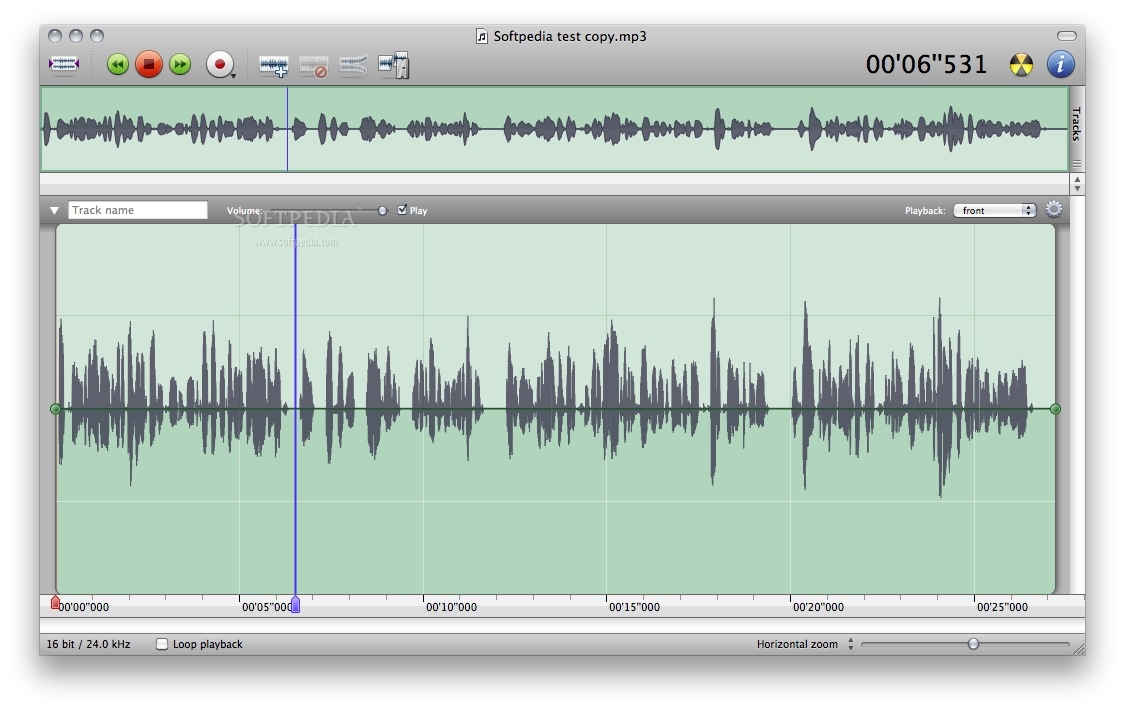
The first two (analysis and treatment) are then rigorously evaluated through simulated validation tests, while illustrative "proof of concept" examples of the various manipulation methods subsequently serve to demonstrate the potential capabilities of the framework on real-world SMA SRIR measurements. To this end, each of the three layers (analysis, treatment, and manipulation) is thoroughly described both theoretically and in terms of its practical implementation. These characteristics can be either completely objective, even physical, or otherwise informed by knowledge of human auditory perception with regard to room acoustics. The analysis tools should lead to an in-depth model allowing for measurements to first be treated with respect to their inherent limitations (measurement conditions, background noise, etc.), as well as offering the ability to modify different characteristics of the final reverberation effect described by the SRIR.

Within this context, the principal objective of the current thesis is the definition of a complete space-time-frequency framework for the analysis, treatment, and manipulation of SRIRs. This use has in turn created a demand for analysis and treatment techniques not only capable of ensuring the faithful reproduction of the measured reverberation effect, but which could also be used to control various modifications of the SRIR in a more “creative” approach, as is often encountered in the production of immersive musical performances and installations. The use of spatial room impulse responses (SRIR) for the reproduction of three-dimensional reverberation effects through multi-channel convolution over immersive surround-sound loudspeaker systems has become commonplace within the last few years, thanks in large part to the commercial availability of various spherical microphone arrays (SMA) as well as a constant increase in computing power. To remedy this, we propose denoising in an optimized spatial domain obtained by plane-wave decomposition (PWD), and demonstrate that this method equally preserves the incoherence of the late reverberation field. In this paper, we show that in the case of highly anisotropic yet incoherent late fields, the spatial symmetry of the spherical harmonics is not conducive to preserving the energy distribution of the reverberation tail. This has previously been shown to preserve the diffuse-field properties of the late reverberation tail when performed in the spherical harmonic domain (SHD).

If the late reverberation tail can be considered a diffuse field before reaching the noise floor, the latter may be removed and replaced with an extension of the exponentially-decaying tail synthesized as a zero-mean Gaussian noise. However, such measurements inevitably contain a nondecaying noise floor that may produce an audible “infinite reverberation effect” upon convolution. Directional room impulse responses (DRIR) measured with spherical microphone arrays (SMA) enable the reproduction of room reverberation effects on three-dimensional surround-sound systems (e.g., Higher-Order Ambisonics) through multichannel convolution.


 0 kommentar(er)
0 kommentar(er)
